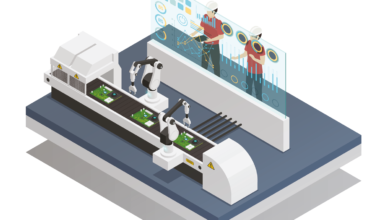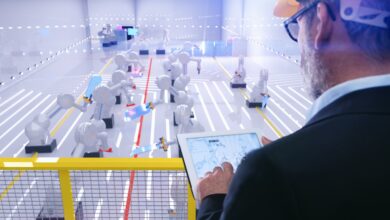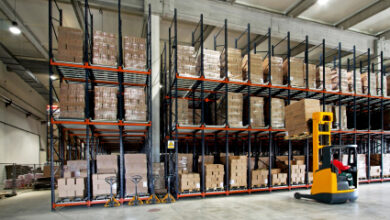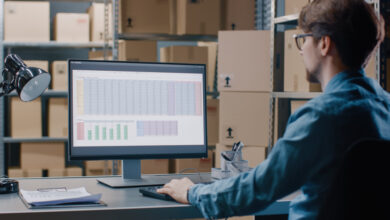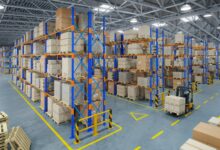Productivity in Manufacturing with Production Simulation
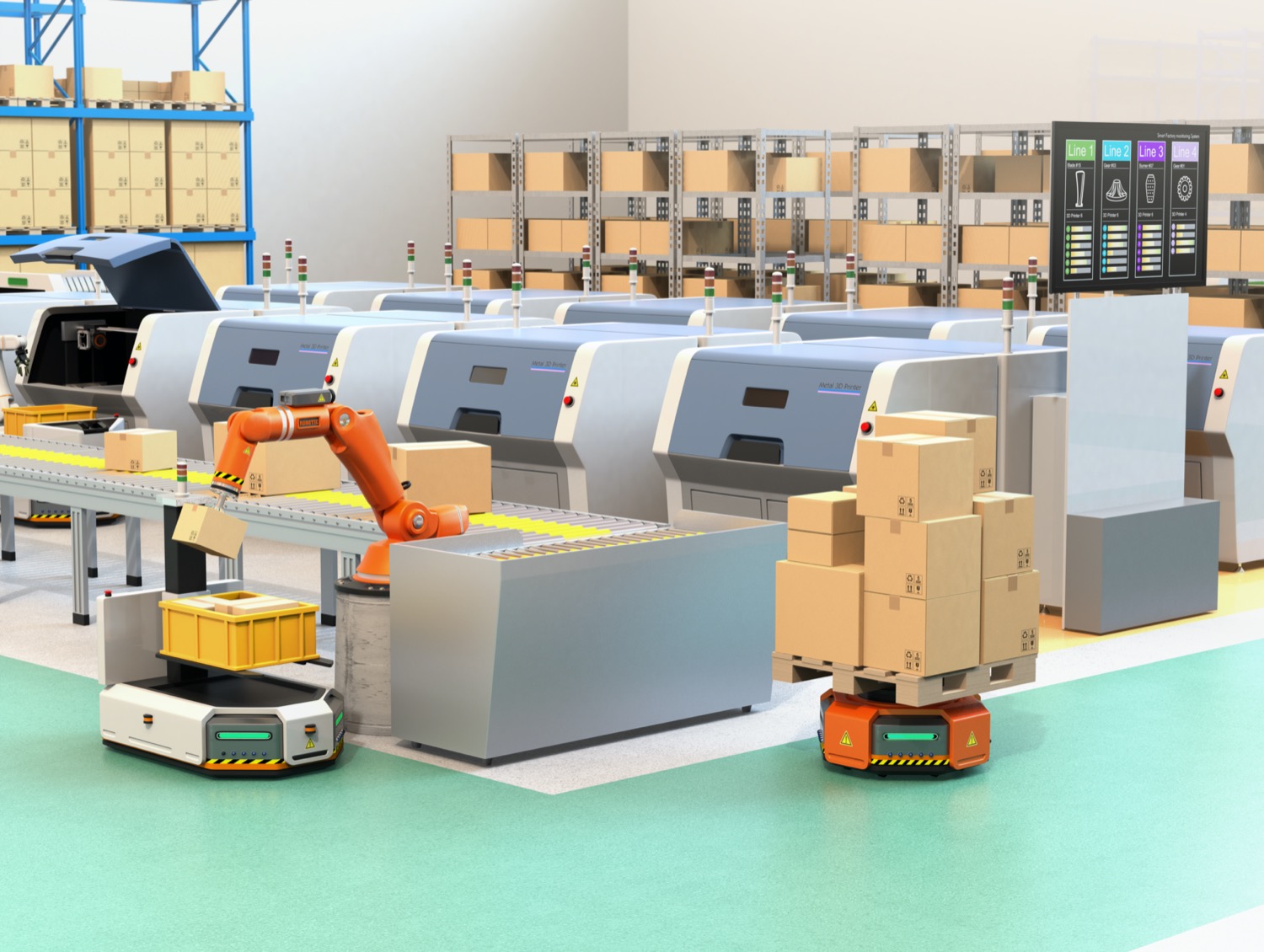
With the development of Industry 4.0 technologies, various changes have begun to occur in the manufacturing sector. Production simulation has become one of the most notable changes among these. So, what is production simulation? What are its benefits? Let’s explore together.
What is production simulation, one of the key technologies of Industry 4.0?
Production simulation is the computer-based modeling and mathematical analysis of real production systems. It allows organizations in the manufacturing industry to test their processes in a virtual environment, reducing the time and cost requirements associated with physical testing. Simulation enables organizations to analyze the efficiency of their production systems and safely test process changes to increase throughput and profitability. Inventory, assembly, transportation, and production can all be evaluated within a simulation model, resulting in insights that maintain or improve targeted benefits at the lowest possible cost. Simulation is also more accurate and flexible than traditional static calculation methods like Excel, as it includes random events and variability that can affect daily factory flow and efficiency, such as equipment downtime or staff absence. More than half of the world’s leading manufacturers, faced with increasingly complex production systems as well as technological, economic, and competitive challenges, rely on production simulation to create stronger business scenarios and make confident, evidence-based decisions about their capabilities. Through production simulation, the following questions can be addressed:
- Will adding an extra production line to the production facility increase output or create an unforeseen bottleneck?
- How does adding a new process step affect the production goals of the facility?
- Can we identify and minimize the causes of bottlenecks?
- Will an alternative layout provide greater efficiency or lower costs?
- What production control rules can we implement to increase productivity?
- Which equipment failure and downtime reasons will yield the highest return on investment if improved?
Simulation analysis of a semi-automatic production line (You can subscribe to our YouTube channel to be notified when similar videos are released)
What Can a Good Simulation Provide?
Simulation provides a cheap and risk-free way to test all kinds of scenarios and changes, from a “simple” kaizen effort to deciding on a new production line design or a new production control system, or even redesigning the entire supply chain. Human-made “best guesses” often do not replace objective analysis. Simulation can accurately predict how a system will behave under changing conditions and reduce the risk of making a bad decision. For example, an Excel spreadsheet analysis cannot capture the dynamic aspects of a system, the interactions that can have a significant impact on system performance, or the effect of low-frequency exceptions.
Simulation can help you understand how various components interact with each other and affect overall system performance. It cannot invent non-existent data, but it is successful in determining sensitivity to unknowns. Collecting data with high sensitivity is easier and faster than collecting all kinds of data. A top-level or bird’s-eye-view simulation model can help you explore alternatives. A more detailed model can help you identify the most critical missing data. Developing a simulation helps participants better understand the system. Modern 3D animation and other reporting tools encourage communication and understanding among a wide audience with production simulation.
Using 3D outputs in presenting factory simulation results to the management board is highly effective. (You can subscribe to our YouTube channel to be notified when similar videos are released.)
